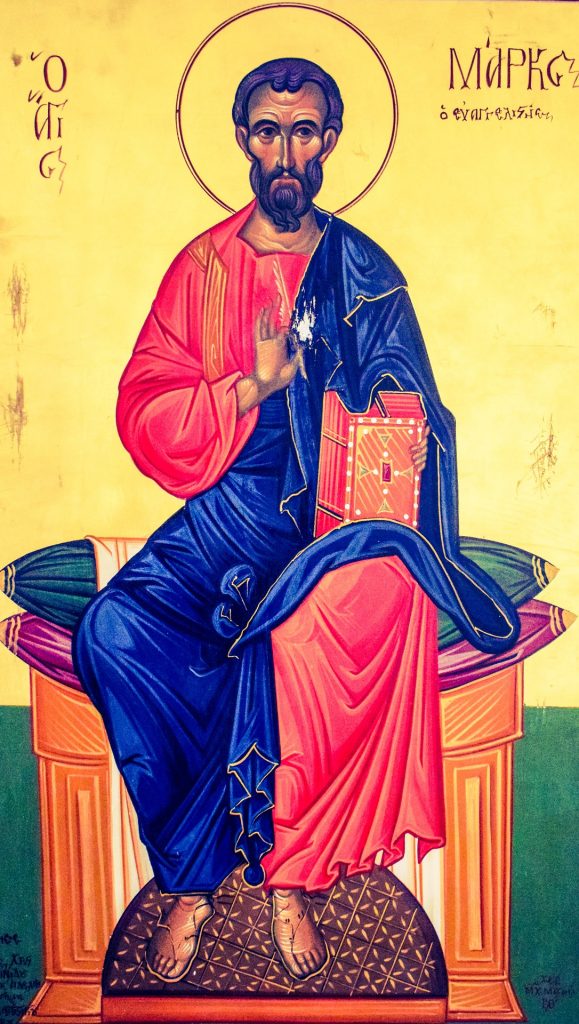
My first exposure to the Coptic language transpired while I was living in Istanbul and taking part in a Latin reading group with Adrian Saunders. Talk of a semester-long reading group in Coptic led to us starting in the early part of 2015; while cleaning out some papers, I found my notes from Adrian’s class, the first of which are dated February 25, 2015 and the last of which are dated April 15. The papers start off with Adrian’s general introduction to Egypt and Coptic as a (liturgical) language. Bentley Layton’s Coptic in 20 Lessons: Introduction to Sahidic Coptic with Exercises & Vocabularies served as our textbook. Adrian’s mastery of the language along with a delicate orthography made learning the language a sincere pleasure.
Since then, I’ve had stops and starts with the same book. I’ve memorized vocabulary, counted reps in the gym in Coptic, and done translation exercises (oddly enough, often on planes and in airports). With this page and subsequent ones, I’d like to chart my process in (re-)(re-)learning the language.
And with that in mind, here’s an apt first vocabulary word*:

What in the world, you say? You can’t start off this hard with a word like this in the beginning. Indeed.
This bound group means “in the beginning” (in-the-beginning, to be more precise). More on this aspect of agglutination in a future lesson that’ll appear in the blog.
*This example is from, as you might have guessed, Lesson 1 from Layton’s text. See the nascent sources page for the full publication information on this and other texts I’ll be referring to.
